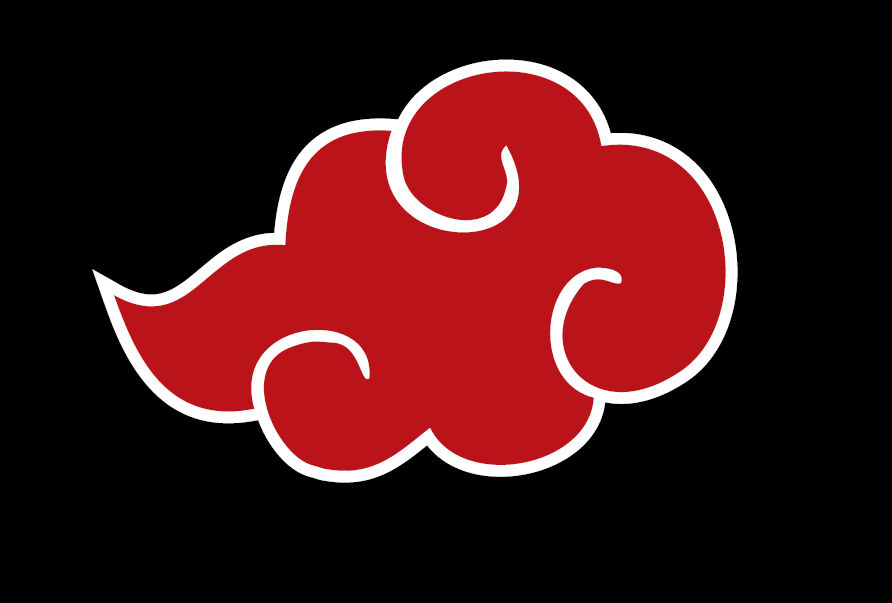Generating Lyrics with Genius Lyrics
Hello everyone!

Learning Python!
Hello everyone!
In this tutorial, we will walk through several iterations of a classification model that distinguishes between cats and dogs.
In this tutorial, we will create a scrapy project that recommends new TV shows and movies based on the actors in your favorite TV show or movie. To do so, we will gather data on actors from a given work and find what other projects they have acted in by scraping their IMDB pages.
In this post, we study an example of basic data visualization in Python. We will make use of the Palmer Penguins dataset to do so.
In this blog post, you’ll create several interesting, interactive data graphics using the NOAA climate data that we’ve explored in the first several weeks of lectures.
Fortunately, it’s pretty easy to embed interactive HTML figures produced via Plotly on your blog. Just use plotly.io.write_html() to save your figure. Then, copy the resulting HTML file to the _includes directory of your blog. Finally, place the code
In this blog post assignment, you’ll create a short post for your new website. The primary purpose is to give you some practice working with Jekyll blogging with Python code.
In this post, I’ll show how to create a helpful histogram of some synthetic data.
In this post, we’ll see some examples of how to create technical posts that include Python code, explanatory text, and notes about your learnings. We’ll go over the primary methods that you’ll use to embed content in your posts.
In this post, we’ll get set up with Jekyll. Jekyll is a static site converter, which you can use to turn plaintext documents into attractive webpages.
The purpose of this exercise is to get you set up with the software tools we’ll use in PIC16B, including Anaconda, git + GitHub, and Jekyll.